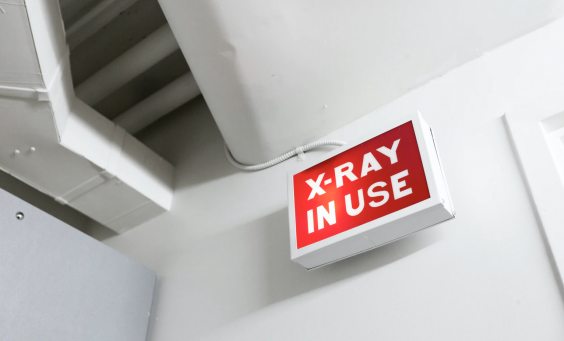
Are you experiencing pain in your hip from arthritis or injury to the point that it is affecting your everyday life? Perhaps the pain is so severe that you can barely function. Are you having difficulty walking or bending? Do you have stiffness that prevents you from lifting your leg? If you answered yes to these questions, it’s time to look into hip replacement surgery.
When your hip is damaged, your articular cartilage becomes worn down to the point that the ends of your bones rub against each other without having any cushioning. This is why it becomes so painful. With hip replacement surgery, you eliminate this problem. Sounds like a dream, doesn’t it?
What happens with hip replacement surgery?
- Your damaged cartilage and bone is removed and replaced with plastic, ceramic, or metal pieces.
- Your damaged femoral head is replaced with a metal stem. This fits into the hollow centre of your femur.
- A ceramic or metal ball is inserted into the upper part of the stem.
- Your damaged cartilage from your socket is replaced with a metal socket, kept secure with cement or screws.
- A spacer is placed between the socket and ball. This provides a smooth surface, allowing for comfortable joint movement.
The thought of this type of surgery can sound very overwhelming, but with today’s technological advancements, the procedure is very streamlined and you’ll be able to resume regular activities within just 3 to 6 weeks. Plus, it goes without saying that once you heal, your life will be drastically changed for the better. The short-term inconvenience will be well worth it! That said, you’ll need to do your part and ensure that you are an active participant in your healing.
When does physiotherapy come into the picture?
More and more surgeons are starting mild physiotherapy on the day of surgery with a therapist at the hospital. Exercises may include leg lifts, ankle pumps, and heel slides. You will ideally also get into a chair and do some walking.
Once you get discharged from the hospital, you’ll want to walk at least a few times a day around your home, for about 5 to 10 minutes. As your recovery progresses, you will want to bump up the time to about 20 to 30 minutes, a few times a day. This will help you regain movement in your hip. Your therapist will instruct you as to how much weight you should be placing on your foot.
You’ll also want to set up regular visits with your physiotherapist. Your muscles around your joint would have weakened, so a physiotherapist can be instrumental in helping you regain your strength and improve your gait. There are a number of exercises that your physiotherapist will teach you so that you can do them at home on your own, in addition to your appointments. Your therapist will also work with you to get up and down stairs, using a walker or crutches.
If you require physiotherapy for your hip replacement in Vancouver, we would love to have you visit us at Dunbar Physio. Call us today at 604-266-3303 or book an appointment online!



